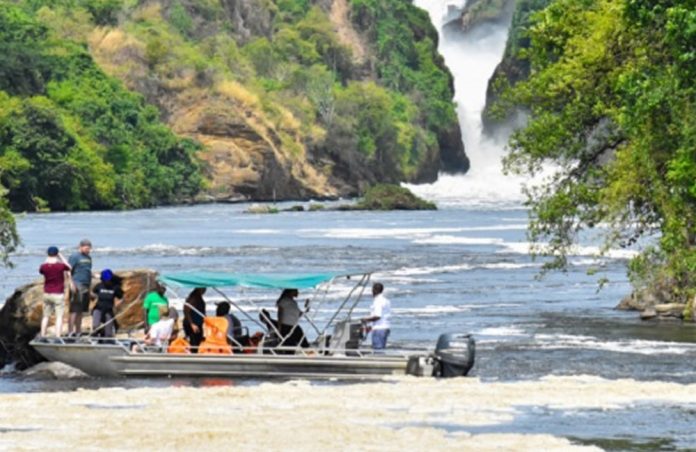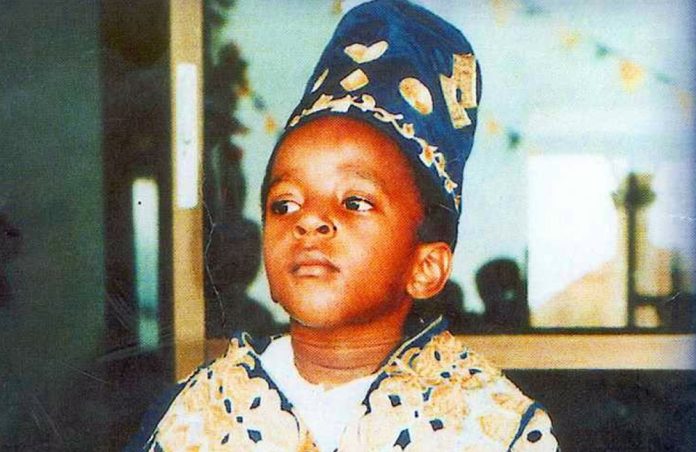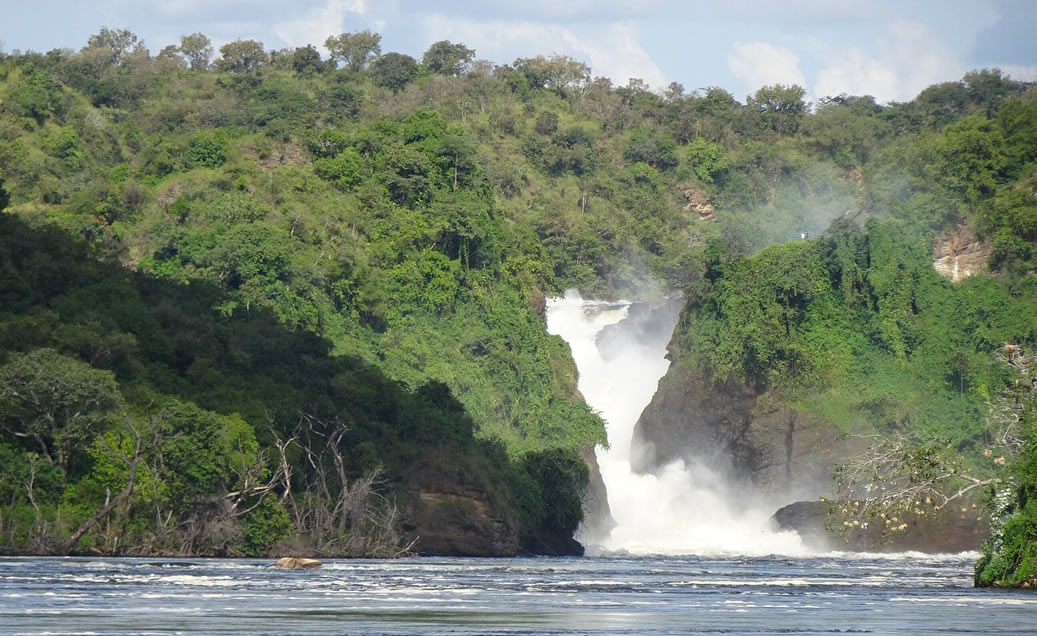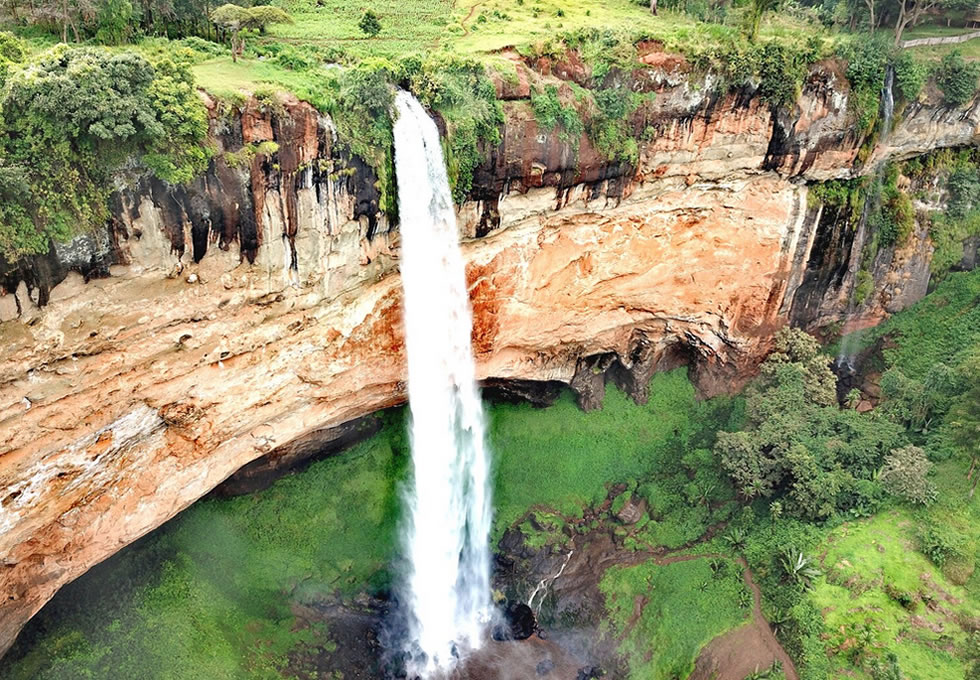Empaako is a naming system practiced by the Batooro, Banyoro, Banyamwenge, Banyakyaka, Batuku, Batagwenda, and Banyabindi from the western part of Uganda whereby children are given one of eleven pet names shared across the communities in addition to their given and family names.
Addressing a person by her or his Empaako name is a positive affirmation of social ties. It can be used as a greeting or a declaration of affection, respect, honour, or love. The use of Empaako can defuse tension or anger and sends a strong message about social identity and unity, peace, and reconciliation.
Several districts in greater Ruwenzori ie Kyegwegwa, Kyenjojo, Kabarole, Ntoroko, Kamwenge, and Kasese among others proudly use these pet names.
When Empaako is conducted?
This ceremony is done when there is a newly born baby in a family. It is normally conducted after 3 days for a baby girl and 4 days baby boy after birth.
It is also conducted when someone crosses from another tribe to Tooro culture and this is done as hospitality or when a Mutooro son or daughter marries from another tribe.
Who performs the ceremony?
According to tradition pet names are decided upon by the parents of the child. Originally when a baby was born in Tooro, it was given a Kitooro name.
And this naming of Empaako in the Rutooro language is called “Kuhaka Omuntu” Empaako is given at a naming ceremony performed in the home and presided over by the clan head.

Here the paternal aunts receive the baby and examine its features. Any resemblance to existing relatives forms the basis of the choice of name. The clan head then declares the name to the child.
After naming the child, family members with invited guests share a meal of millet and smoked beef (Omukaro), and then traditional songs follow.
After food is shared family members and friends present their gifts to the baby and a tree is planted in its honor.
The transmission of Empaako through naming rituals has dropped due to inter-marriages and it’s diminishing because of the lack of elders to
teach their children their mother language and cultural norms.
Some of the elders say that there are no longer extended families and family/clan meetings where they used to seat and tell their children
such information regarding the ceremony due to technology, rural-urban migration, time, poverty, and work.
The Empaako Tradition
Most attractive to the Batooro tribe is the tradition of pet names, which are accorded to every Munyoro or Mutooro in addition to their traditional and religious names.
Mr. Tinka Steven Amooti the deputy prime minister of Tooro Kingdom in Kyenjojo district when being interviewed by our reporter said that the pet name, Empaako is one thing that will readily identify a Munyoro or a Mutooro. He explains that Empaako is a special name of endearment used to show love and respect, for salutation, and by children to refer to their parents and elders.
“It is okay among the Banyoro and Batooro not to know one’s surname or religious names but everyone is expected to know another person’s pet name because it is what is used more often.
When a Munyoro or Mutooro meets another Munyoro or Mutooro, the first thing is to ask the other person’s Empaako, (Empaako yaawe? and then greet the person using the pet name,” he says.
There are eleven pet names shared between the Banyoro and Batooro: Abwooli, Adyeeri, Araali, Akiiki, Atwooki, Apuuli, Abaala, Acaali,
Ateenyi, Abooki, and Amooti. The 12th pet name is Okaali for the king and is greeted “ZoonaOkaali”.
He says greeting without Empaako was like having food without a source, or any tasteless attempt you can think of. Explaining just how important these pet names have come to be for the people who use them.
He says It is difficult for me to deny someone something if they refer to me by my pet name when they are asking. If you want a favor from a
Munyoro or a Mutooro, just try calling them their Empaako before you ask the favor,” he elaborates.
Amooti added that when his mother wanted him to do a tiresome job without complaining, she would call him his Empaako before assigning and he would do beyond the mother’s request. The Empaako is thus a social tool for harmony, encouragement, and respect, which can be used to refer to people and relations comfortably.
On the other hand, there are pet-names that are given automatically after birth as one was born a twin. “As the older twin (Isingoma), is automatically called Amooti and the younger twin (name Kato) Abooki. Male twins are named Isingoma and Kato- respectively, and the female twins Nyangoma and Nyakato with the pet names Amooti and Abooki respectively.
Tinkasiimire told us that these names are related to certain things. “Ateenyi is Ekijoka Kya Muzizi-the snake that resides in River Muzizi
that separates present-day Tooro and Bunyoro, bordering Kibale and Kyenjojo districts.” Why he was named after a snake, he neither knows nor shows any negative concern, he is just evidently proud of his pet name!
According to different sources, Empaako is a praise name or a name of respect used among the Banyoro, Batooro, Batagwenda, Batuku, and Banyabindi of western Uganda. Empaako is a word borrowed from the Luo word “Pako” which means “praise”.
They are 13 known Empaako and Out of these, 12 begin with the letter A and only one starts with the letter O. Some are believed to have Luo origins with and others claimed to be native to Bunyoro and Tooro.
1. Abbala: This is akin to the Luo word “Abalo” meaning “I have spoilt it”. Accordant to our culture, it means someone who loves other people unconditionally. It was formerly reserved for those close to the king.
2. Abbooki: Comes from the Luo word “Aboko” which means “I have narrated to you”. The holder of this praise name is meant to be someone who cherishes the roles of parents, teachers, elders, mentors, counsellors, and leaders.
3. Abwooli: Comes from the Luo word “Abwolo”, meaning “I deceive you”. However, in our culture, it has to do with diplomatic relationships. The theory behind this is that “Not all truth needs to be told always because it might cause unnecessary and often avoidable hurt and pain”.
4. Acaali: From a Luo word “Acalo”, meaning “I resemble you”. In Bunyoro it refers to someone who resembles another in nature and character and who easily relates to other people.
5. Acaanga: It is an uncommon praise name. Not much is known about its Luo root. More research is being done.
6. Adyeeri: Related to the Luo word “Adyero” which means “I have sacrificed you”. In Bunyoro, however, Adyeeri is someone who is friendly, and affectionate with a larger-than-life heart.
7. Akiiki: Is one who upholds national, community, and family interests with great love, care, kindness, honesty, etc [Perhaps this explains why this is a very popular Empaako among parents] It has no Luo root; it is the only praise name whose root is in Bunyoro-Kitara.
8. Amooti: From the Luo word “Amoto” meaning “I greet you”. In Bunyoro-Kitara, however, Amooti refers to someone who genuinely respects other people, thinking and speaking well of them.
9. Apuuli: Means one who has powers, abilities and skills to attract other people, exhibiting qualities often observed and admired among small children.
10. Araali: One who saves other people and is perceived to have the power of thunder, giving the expression “Araali Nkuba”.
11. Ateenyi: Is derived from the Luo word “Atenyo”, meaning “I have left it”. In our culture, Ateenyi is someone who loves and understands a wrongdoer without condoning wrongdoing.
12. Atwooki: One who embraces or punishes –as the case may be-other people either physically or spiritually.
13. Okaali: Comes from a Luo word “Okalo”, meaning “S/he has jumped over you”. In Bunyoro/Tooro kingdoms, however, it implies someone with the highest responsibility as a leader in the kingdom ie Rukir’abasaija Agutamba Omukama. It used for Omukama only and even then by men only when greeting him.
NB. Akiiki, Apuuli, Araali and Atwooki seem to have no definite Luo roots. It is important to note that there is no mpaako exclusively reserved for women, while four-Araali, Apuuli, Acaali and Abbala are exclusively for men. The rest are unisex, save for Okali which is only for kings.
Gratitude to Mr Isaac Kalembe Biromumaiso Akiiki, editor Bunyoro Tourism Journal for the research
Credit: Robinah Birungi

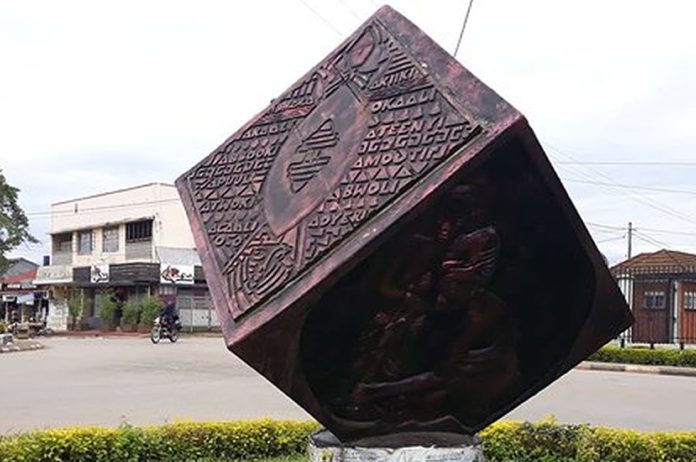
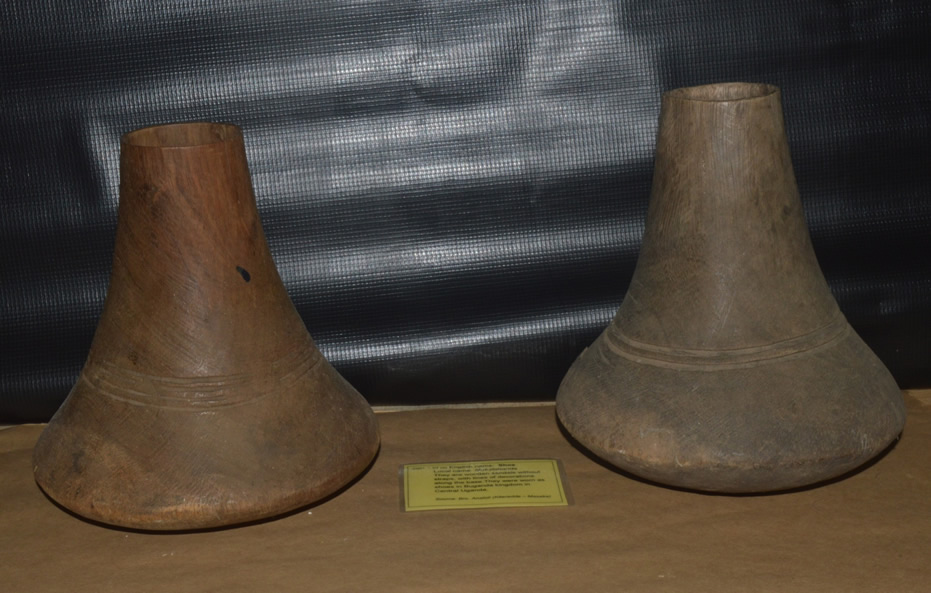 Ruhanga wanted to choose one among his three sons who were to be made king. he gave them a test inform a task to keep milk vessels (Ebyanzi) as they were called and their contents on their laps trans night. Whoever passed the test ie the one who had his vessel full by morning time would be crowned.
Ruhanga wanted to choose one among his three sons who were to be made king. he gave them a test inform a task to keep milk vessels (Ebyanzi) as they were called and their contents on their laps trans night. Whoever passed the test ie the one who had his vessel full by morning time would be crowned.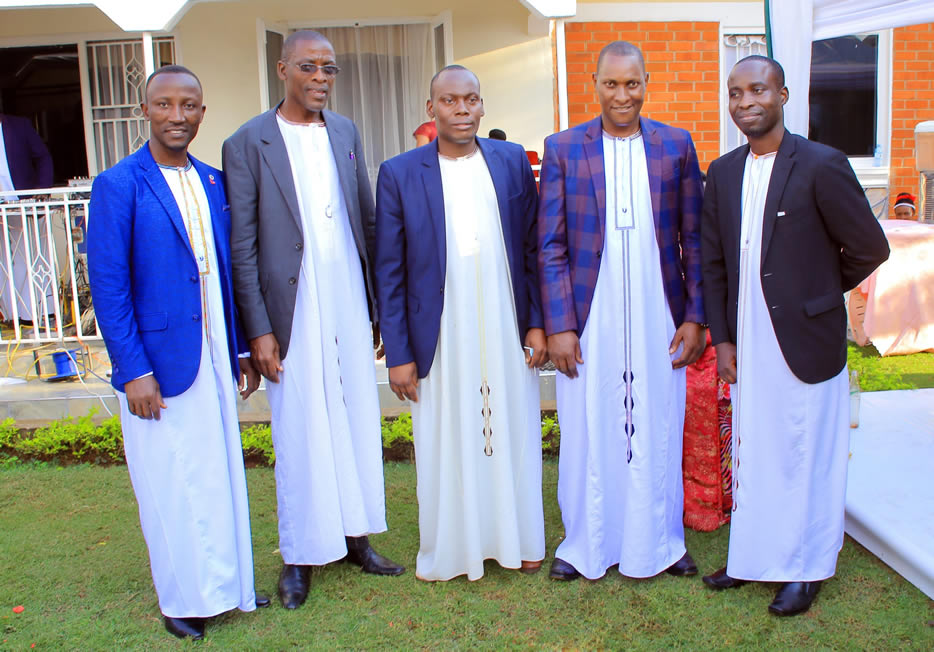
 Fort Portal located 320km from Kampala mid west of Uganda is an adorable metropolis, popular among tourists traveling from across the globe because of its situation in the center of Uganda’s most naturally gifted region engulfed in multitudes of attractions dotted by the most notable Rwenzori mountains seasoned by the world’s primate capital in
Fort Portal located 320km from Kampala mid west of Uganda is an adorable metropolis, popular among tourists traveling from across the globe because of its situation in the center of Uganda’s most naturally gifted region engulfed in multitudes of attractions dotted by the most notable Rwenzori mountains seasoned by the world’s primate capital in 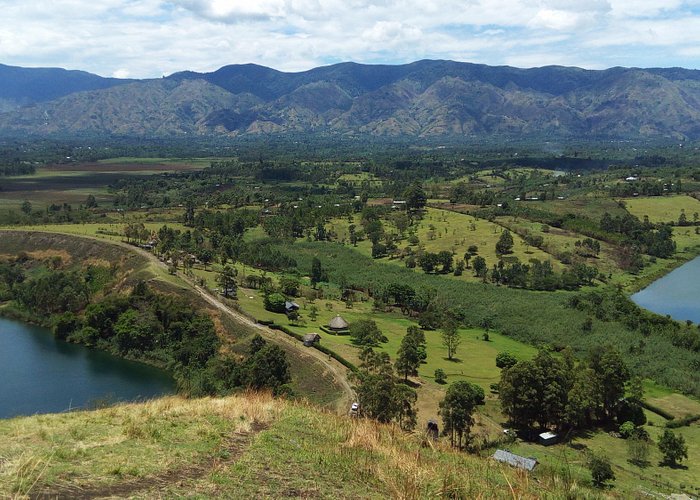
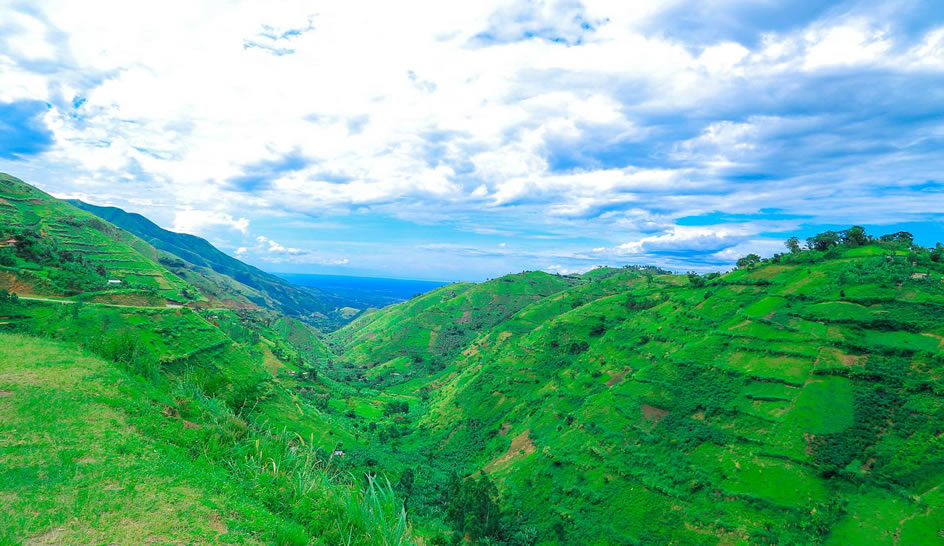 Fort Portal has consistently grown from a British Fort to a popular international destination for nature lovers to a top social and economic brand influencing numerous travelers and businessmen and women. Due to her popularity all over the world and her strategic location, it has influenced businessmen and women to set up a top class hotel and lodging facilities like Kyaninga Lodge, Mountains of the Moon Hotel, Nyaika Hotel, Fort Motel, Crater Safari Lodge, Lodge Bellavista, and Primate Lodge among others and sites that currently attract honeymooners, holidaymakers, backpackers, researchers and nature lovers alike. Some business people have gone on to name their businesses prefixed with the word Fort Portal like Fort Motel, Fort Portal International Nursing School, Fort Portal SSS, Fort View Hotel, Fort Pharmacy, and so many others
Fort Portal has consistently grown from a British Fort to a popular international destination for nature lovers to a top social and economic brand influencing numerous travelers and businessmen and women. Due to her popularity all over the world and her strategic location, it has influenced businessmen and women to set up a top class hotel and lodging facilities like Kyaninga Lodge, Mountains of the Moon Hotel, Nyaika Hotel, Fort Motel, Crater Safari Lodge, Lodge Bellavista, and Primate Lodge among others and sites that currently attract honeymooners, holidaymakers, backpackers, researchers and nature lovers alike. Some business people have gone on to name their businesses prefixed with the word Fort Portal like Fort Motel, Fort Portal International Nursing School, Fort Portal SSS, Fort View Hotel, Fort Pharmacy, and so many others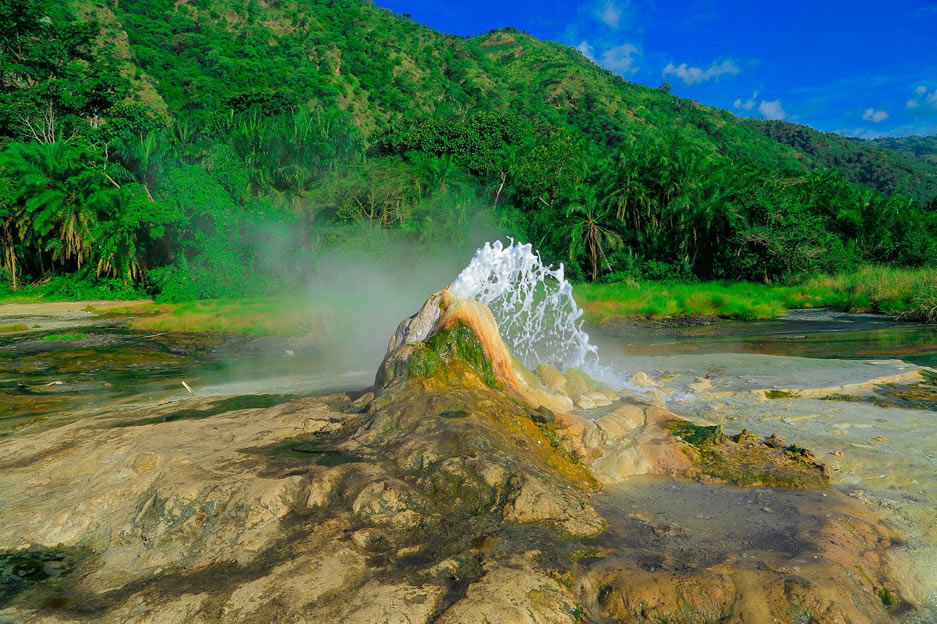 Fort Portal is destined for further greatness now raving with the ultimate enthronement of Uganda’s Tourism City that will be the home and hub of hospitality, holidays, vacations, entertainment, conventions, and great excursions among others.
Fort Portal is destined for further greatness now raving with the ultimate enthronement of Uganda’s Tourism City that will be the home and hub of hospitality, holidays, vacations, entertainment, conventions, and great excursions among others.